In the second part of our interview, Ellen Forney and I continue the conversation about her books, Marbles: Mania, Depression, Michelangelo, and Me, a graphic memoir about her life with bipolar, and her self-care comic manual for people with mood disorders, Rock Steady, Brilliant Advice from my Bipolar Life. Today we talk about the common fear of artists concerned that seeking mental health treatment will limit their creativity. It’s an important fear to explore. The stakes are high!
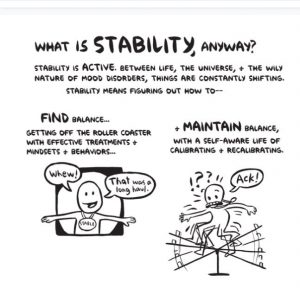
Ellen Forney: One of my points in Marbles is (the discovery) that I am more creative stable. Stability is good for my creativity. Self-care and balance is a way to be more creative and innovative. Creativity is not necessarily fueled by mood swings. Passion doesn’t necessarily come from being off balance.
Kriota Willberg: Do you think artists confuse steadiness and routine with restriction?
Forney: Sure!
Willberg: Some artists feel that if they take meds or try to make healthier choices that seem boring, it’s going to limit their passion. I’m still trying to wrap my head around how to express this idea… I know people who don’t want to seek medical help because they’re afraid they will lose themselves…
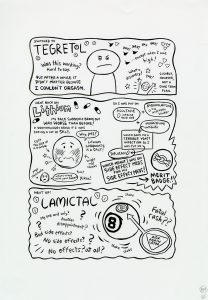
Forney: I felt some of those things that you were just saying. I thought a healthy life sounded boring. I was afraid that medications were going to flatten my personality and passions and that I wouldn’t be able to do my art. I didn’t want to be balanced if I wouldn’t be who I was.
Somebody wrote to me and said she was having a hard time because she was stabilizing and it was unfamiliar to her. She was having an identity crisis because it felt so unfamiliar. So it’s not necessarily a relief. It can be really disorienting! Hopefully it winds up being a support for identity and personality without taking away from them. I feel like that’s what happened to me. Treatment allowed me to explore who I am in a way that wasn’t running me off the rails.
Everyone’s experience is different. Even the same diagnosis of bipolar is experienced differently across the broad spectrum of mood disorders, or the spectrum of emotions and moods in general. I mean, think about the way that people experience grief when someone close to them dies. It’s all over the map. There’s a lot of overlap between us and a lot of differences. And it’s the same thing with any ailment. There’s a lot in common but everyone has a different body and context and resources.
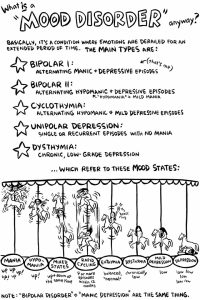
This conversation reminds me of one artist acquaintance who found that when his mania went he was super-duper productive. He would do a ton of work and hardly sleep for a few weeks. Then he would crash. He would become super depressed and not be able to work for a long time. He would wind up ruining things in his life.
In a way, for some people like myself, mania was not a time that I was creative. I was way too distracted. It wasn’t that I was completely devoid of creativity, it’s just that I didn’t get a whole lot of artwork done. I didn’t have the patience. It’s a different story for some people.
We can also get more philosophical: What do you want your life to be like?
Willberg: What is your vision of yourself?
Forney: Or, what is your vision of what is valuable in life? Is it that important to do so much work in two weeks? Continuing the story of my artist acquaintance, he wound up getting in touch with me when he slipped down into depression. He was really at a loss. We talked about mania and what it’s like to not have that anymore. So he went to his doctor and stabilized on Lamictal, a medication that a lot of people with bipolar are finding helpful. He wound up deciding that stability was going to be a better road for him. And he’s very productive now! It didn’t end up doing what he was afraid of. It didn’t kill his creativity. He actually wound up more creative, if productivity is a part of creativity. But his fear of losing himself was very real and very understandable.
Willberg: Right! How to maintain your identity is always an interesting question to me. It’s something you can’t really answer for people. You have to go through the process for yourself and figure it out. It can be a very courageous thing to start the process in the first place, when you’re terrified that you won’t be able to make anything interesting after that.
Forney: Sure! If you have a lifetime of valuing being a moth skirting the flame and that’s where you find inspiration – I’m going to torture this metaphor – but it singes your wings, then you have to make a decision. Is this really where you are going to find inspiration? Can you find inspiration amongst the flowers? The grasses? And the answer for a lot of people is yes. It winds up being a learning process. It’s a different place. The grasses are a different place from the flame. But if you love this sense of risk, then going away from the flame is not going to be all that attractive.
And certainly a zillion people love risk! Look at all the mountain climbers out there!
Willberg: Yes! And it’s risky to move away from that flame!
Forney: Exactly! But on the other hand, if you hang around the flame for long, chances are good that you’re going to be immolated. And you will probably take a lot of people down at the same time. Like anyone who loves you. So what are your priorities? What do you want?
If someone dies by suicide then they singe a lot more people than one moth. But it’s difficult for that moth to know this because they’re right by the flame. See? I’m going to torture this metaphor as a way to understand what some of this feels like and why you might be attracted to risk. It seems intuitive that you would want balance, but not necessarily. I mean, tell a mountain climber that they can’t climb again because it’s dangerous! What is that person going to do? It’s not an obvious answer.
Willberg: No. But for many mountain climbers it’s okay to anchor themselves with a rope so that if they fall they don’t splat. There’s still danger, but it’s not quite as great.
Forney: Excellent!
Willberg: Yeah, well, if you’re gonna toss out the metaphors, I’m just gonna pick ‘em up!
Forney: That’s one thing that cartoonists do, the language that we use are visual metaphors. They are a really really important part of what our language is.
Willberg: I think the way Rock Steady is made and organized makes it a great book for visual artists and writers or anyone involved in making comics who is interested in making changes. It’s a perfect manual because it has those visual references. For people who are attracted to that, it’s an excellent resource.
Forney: I’ve become really aware that comics are really effective for comprehension. For reading comprehension for people with dyslexia, people who speak English as a second language, and for people who are in a highly stimulated state. I talked with Meredith Li-Vollmer who is involved in graphic medicine. She works in communications at the Seattle/King County health department. She’s been using comics and part of what she’s aware of is that people in a crisis have a hard time reading a bunch of words. There’s a reason that airplane safety cards are in pictures, because of the ESL thing, (but also) because it’s difficult to read (in an emergency.) That’s a strength of comics in general and I made a manual of tools for people who might be in a highly stimulated state: manic or depressed. Comics are a really effective way to get that information across. I think that’s something that Rock Steady has to offer.


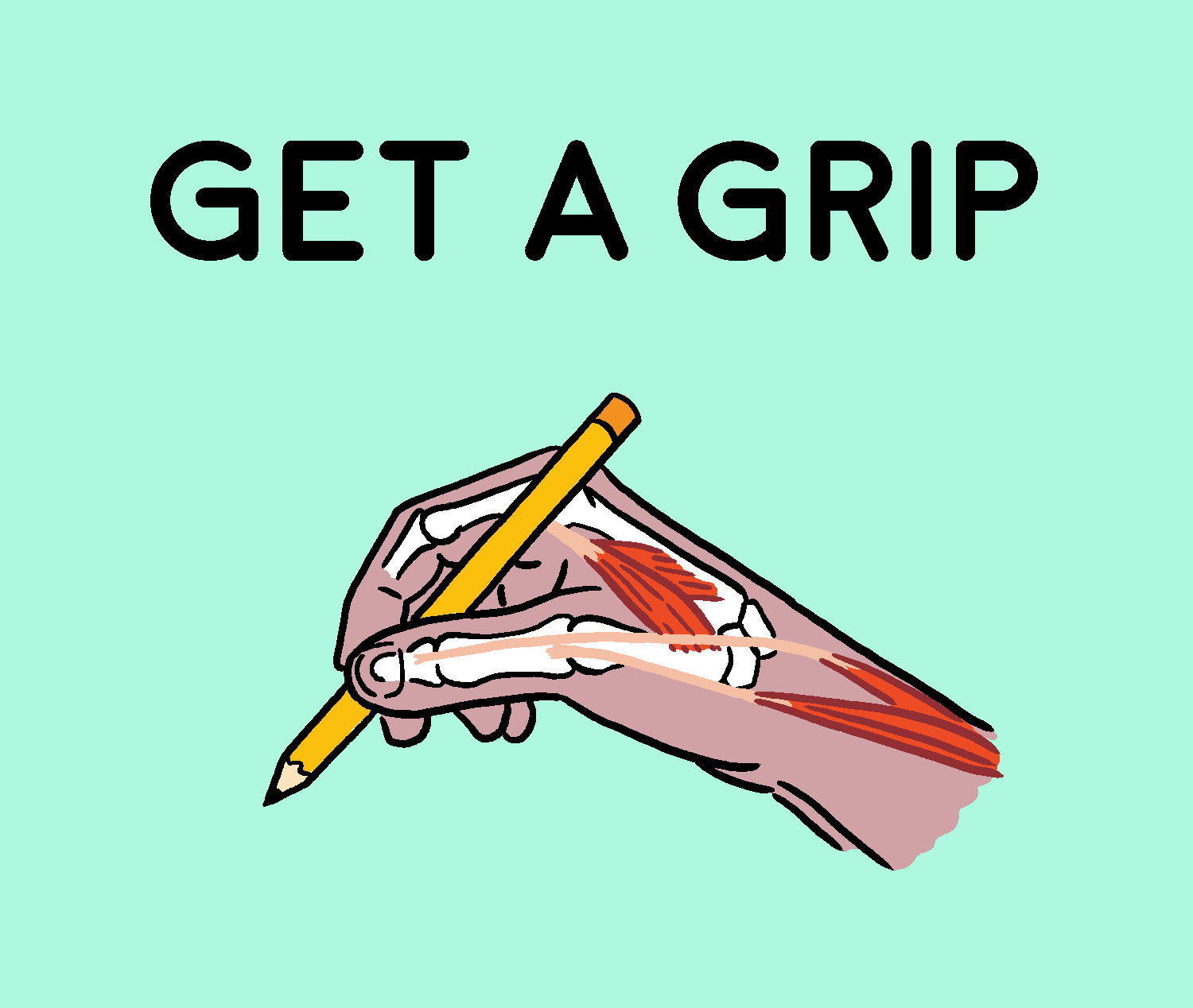
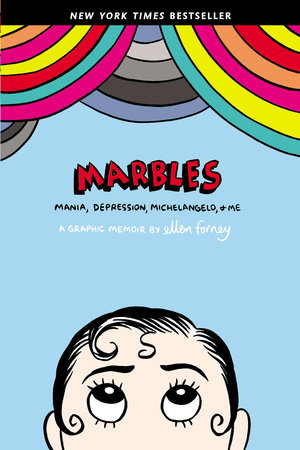
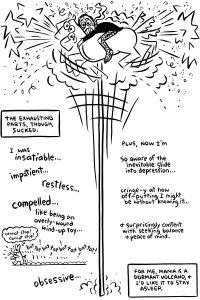



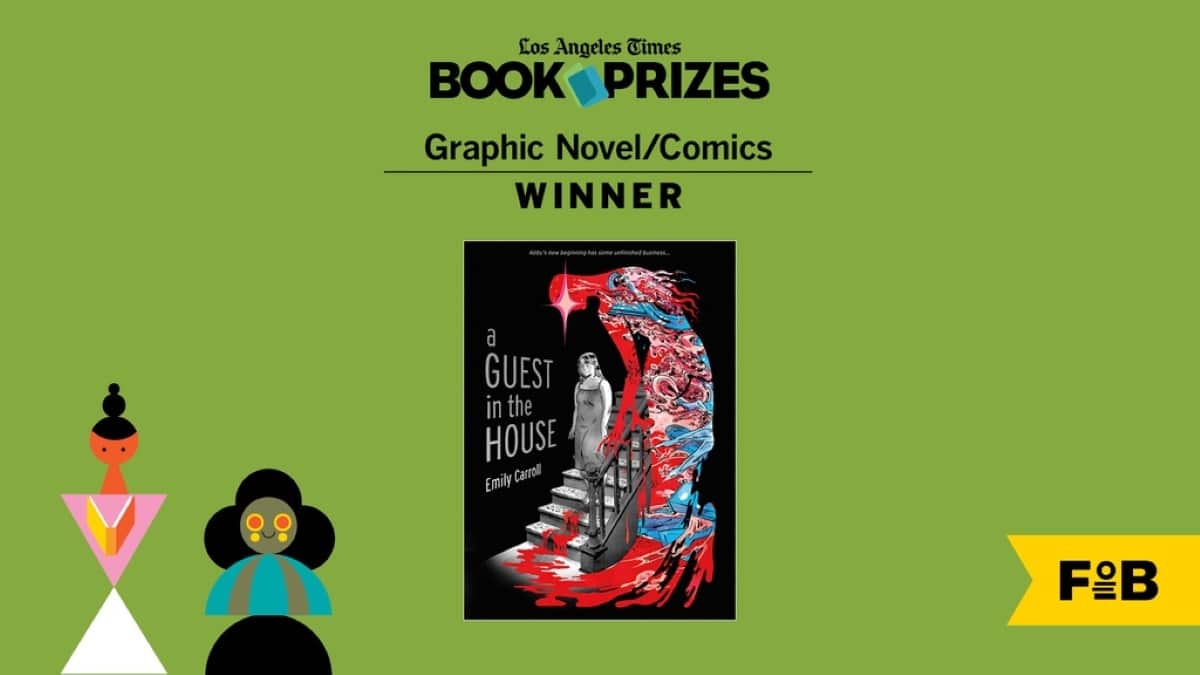

Comments are closed.